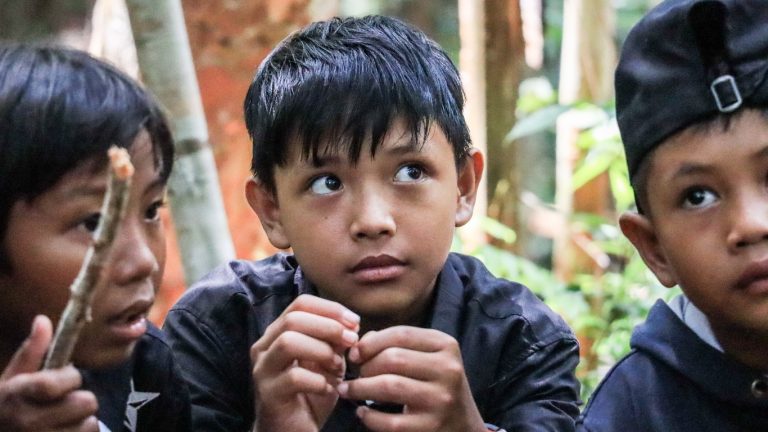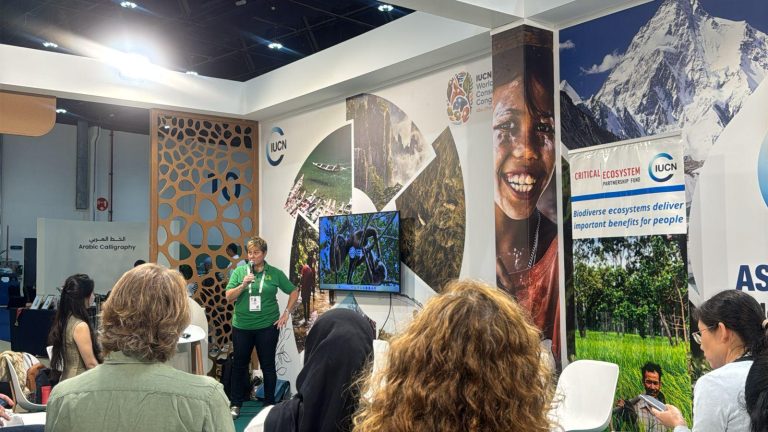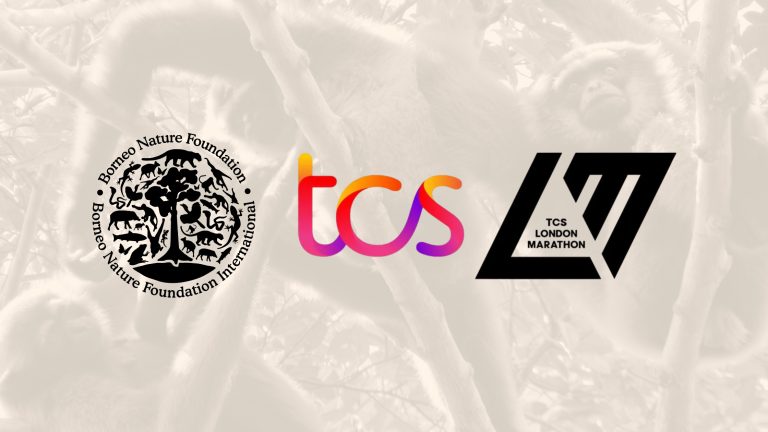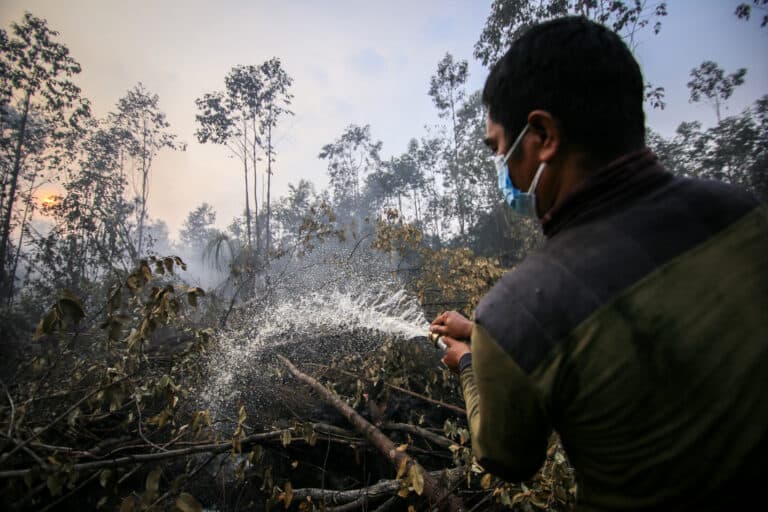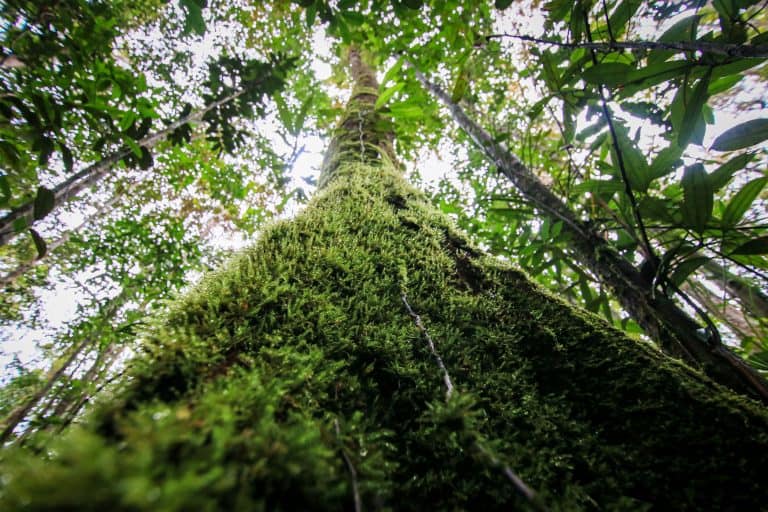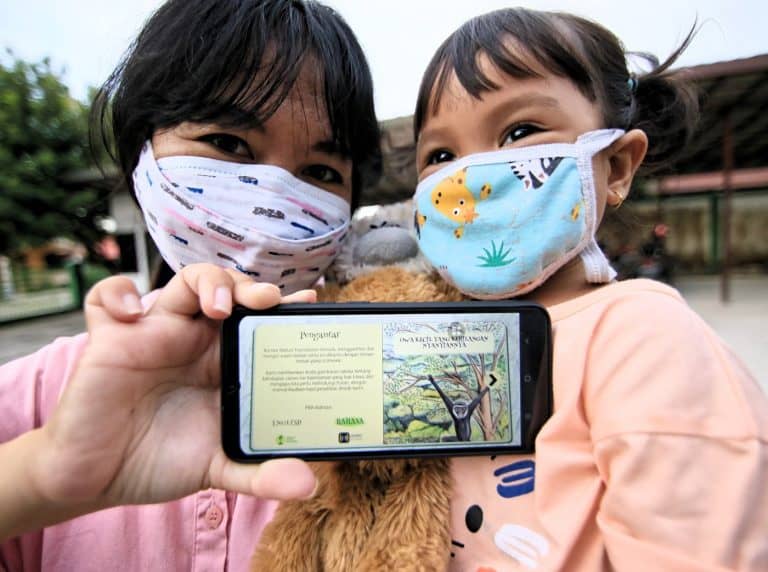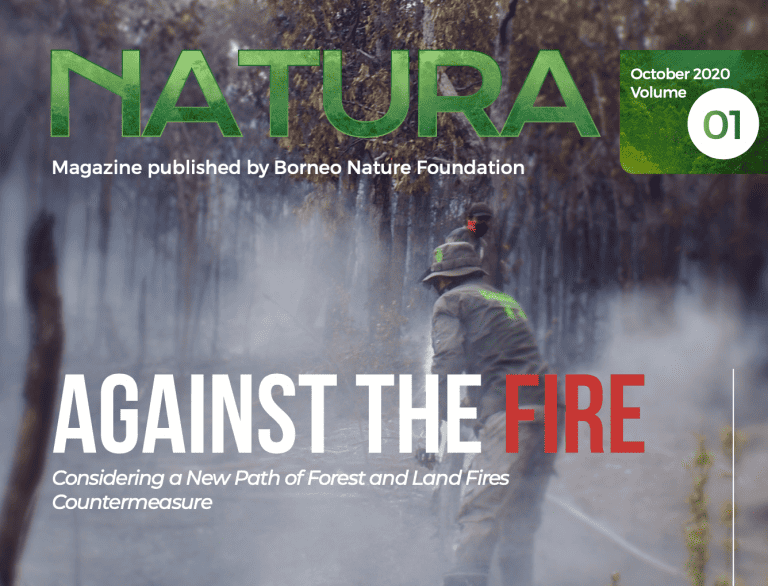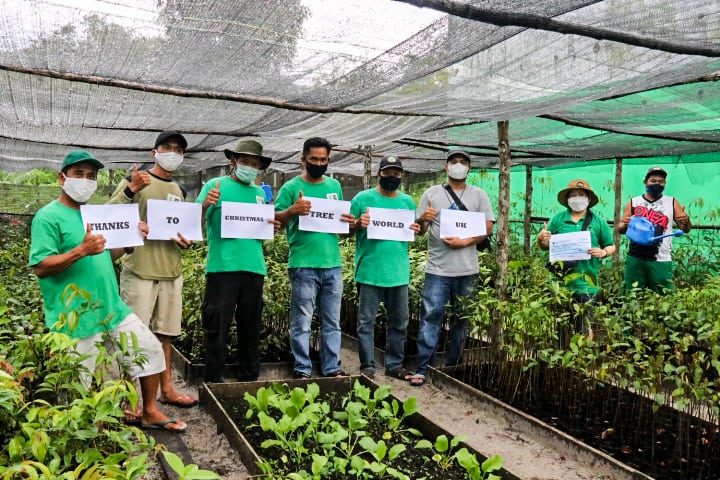As we emerge from yet another forest and peatland fire crisis in Indonesia, which has had devastating effects on both the environment and local people, the Borneo Nature Foundation (BNF) and partners plot a way forward to tackle this critical threat in the long term.
After the major Indonesian fire crisis of 2015, labelled by some commentators as the “biggest ecological disaster of the 21st century” and which threatened some of the largest remaining populations of the critically endangered Bornean orangutan, the dry seasons of 2016-18 experienced relatively few fires, owing to the enactment of new government initiatives and relatively high dry season rainfall. This improvement was short-lived, however, as El Niño conditions and drier weather returned to the region in 2019, leading once again to widespread forest and peatland fires.
The Indonesian Ministry of Environment and Forestry reports that, from January to September 2019, fires burned 8,578 km2 of land and forest in the country: an area the size of Puerto Rico. This includes 2,273 km2 of peatland. As peat fires burn both above and below the peat surface, they are notoriously difficult and require huge amounts of water to extinguish.
The toxic haze pollution from these fires in 2019 is estimated to have placed 10 million children at health risk and Indonesia’s Ministry of Health reported that from May to September 2019, in the Central Kalimantan city of Palangka Raya alone, 11,758 people were treated for upper respiratory tract infection.
Important forest areas were also at risk of and damaged by fire, including the 5,421 km2 Sebangau National Park. This vast peatland is home to the largest protected population of the Critically Endangered Bornean orangutan (around 6,900 individuals), and over 1,100 plant and animal species, including 46 that are globally threatened and 59 that are legally protected in Indonesia.
BNF have been at the forefront of efforts to tackle both the 2015 and 2019 fires. Its Conservation Manager, Yunsiska Ermiasi, explains: “We facilitate the operation of three bottom-up, community-based local fire response teams in Central Kalimantan. With support from our donors, we equip them with the skills and equipment to respond rapidly to fire. These teams worked continuously for three months to tackle a series of blazes in the region and, although a small area of forest was sadly lost, much more was saved due to their Herculean efforts.”
As we now enter the wet season in Borneo and this year’s fires finally subside, it is vital to question why these fires occur and what we can do to minimise fire incidence and impacts in future years.
Dr Mark Harrison, Co-Director of BNF international, explains: “At the most basic level, the explanation for these fires is simple: a combination of peatland drainage and dry weather lead to dry peat, and people start fires that cause this now-combustible peat to burn, which is then incredibly difficult to extinguish. The underlying reasons behind this are incredibly complex, however, and vary between locations and over time, meaning there is no silver-bullet solution”.
To help plot a way forward, an expert team of 31 scientists and local conservation managers joined forces to assess the key challenges facing peatland and forest conservation in Indonesia, and to consider how improved understanding of these challenges might aid field conservation and fire prevention efforts.
This exercise, the results of which are published in the journal People and Nature, identified a total 59 political, economic, legal, social, logistical and research challenges, for which five key underlying factors were identified. The authors suggest an eight-step framework to help conservation projects overcome the challenges faced.
“Although the list of challenges identified may feel overwhelming, our analysis reveals some important insights that should help field conservation projects going forward and so provide grounds for optimism,” says Dr Harrison, the lead author of the study. “In particular, we find that many challenges are inter-dependent and mutually-reinforcing, meaning that narrowly focused conservation solutions are likely to carry a higher risk of failure.”
Dr Harrison continues: “We also identify peat rewetting and fire reduction as crucially important for peatland conservation and restoration projects, but that the overall challenges faced and thus solutions to these will be unique to each project, depending on its conservation goals and prevailing local conditions”.
Looking forward, in light of these findings, BNF is developing a holistic approach to reduce fire prevalence in its work areas and the negative impacts for people and wildlife associated with these fires.
In the short term, this includes increasing support for local fire-fighting efforts by ensuring that teams are better prepared for the next fire season, with all the equipment, training and support networks that they need. This is essential for tackling those fires that do occur and preventing immediate forest loss in BNF’s focus areas.
“More widely, we are developing and implementing a suite of interventions focusing on reducing long-term fire risk” explains Ermiasi. “This includes engaging local community members in damming drainage channels to rewet the peat, conducting research to study the impacts of fire and fire prevention initiatives, increasing public awareness regarding fires and the role of individual behaviour decisions through local education and outreach activities, and developing pro-conservation community development initiatives, such as a new community nursery programme that provides income to local people for helping re-vegetate burned forest areas.
“The challenges faced are huge, but we hope that this combination of activities will lead to reduced fire prevalence and impacts in our work areas, and help serve as a model for projects in other areas to better protect Indonesia’s peatland for the benefit of both its wildlife and people”.
Citations for Information Referred to in the Text
- The People and Nature paper referred to in this press release are available via open access here (M. E. Harrison et al. 2019. Tropical Forest and Peatland Conservation in Indonesia: Challenges and Directions. DOI: 10.1002/pan3.10060).
- Statistics on the area of land and forest burned in Indonesia from January-September 2019 have been reported widely, including for example here (in English) and here (in Indonesian).
- The importance of tropical peat-swamp forests for biodiversity conservation is discussed here, and of Sebangau for orangutan conservation here and wider biodiversity conservation here.
- Quoted figures on health and education impacts on local children are provided by UNICEF here.
- An explanation of why fires are a recurrent annual problem on Borneo is available here and in more depth in the People and Nature article.
- Media articles describing the 2015 fire crisis as the greatest environmental disaster of the 21st century are available here and the potential threat of these to Borneo’s orangutans here.


